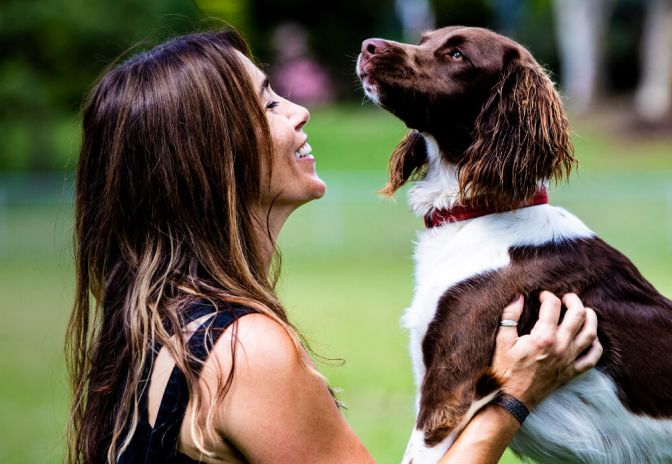Pug
Small
Short
On average dogs stand at 30 - 36cms at the withers and bitches average at height is 25 - 30 cm tall.
Low
On average dogs weigh 6 - 9kg, bitches,6 - 8kg.
Agility, Obedience, Rally Obedience
The Pug is charming, mischievous and loving.
The Pug’s motto is the Latin phrase “multum in parvo,” which translates to “a lot in a little”, perfectly describing this small breed. Pugs are a family favorite due to their even tempers, playful personalities and outgoing, loving disposition.
Pugs are also known for their charming and mischievous behavior. Their personality, along with being sturdy and adaptable, makes them an ideal dog for families with children.
Pugs are happy living in the city or country, aren’t picky with people and get along fine as a single pet or part of a pack. They prefer snuggling on the sofa, which, combined with their love of food, can be a recipe for obesity. Pugs are playful and lively, enjoying daily walks or moderate exercise to combat weight gain, though the breed is not tolerant of hot weather.
Pugs love to please their people and are generally easy to train, but they are a sensitive breed, so owners should choose their training tactics wisely.
The Pug's adorable eyes are also one of his problem areas, as he may experience corneal ulcers and dry eye. Like many other flat-faced breeds, Pugs also experience breathing problems – especially in heat and humidity.
Since Pugs are small, choose a small breed dog food formulated for their size and unique needs to maintain their ideal body condition.
The Pug is an ancient breed, tracing back some 2,000 years when the emperors of China developed these refined pets. Like many Far-Eastern breeds, Pugs were a treasure outsider only acquired as a gift.
The breed spread in the 1500s when Dutch traders returned to Europe with the little dogs in tow. The Pug became the mascot of Holland’s royal House of Orange after one saved the life of the prince by barking to warn him of an attack, according to legend. After William and Mary of Orange arrived in England, their Pugs began the breed craze that swept Britain.
Napoleon’s wife, Josephine, used her Pug, “Fortune”, to carry secret messages under his collar to her husband while she was imprisoned at Les Carmes.
Buddhist monasteries in Tibet kept Pugs as pets.
The Pug is of Chinese origin, with some basic similarities to the Pekingese.
After a Pug saved the life of the crown prince, the breed became the official dog of the House of Orange in Holland. The dog appears in the effigy of the monarch over William’s tomb.
Pugs go by many different names: Lo-sze (China), Mopsi (Finland) and Doguillo (Spain).
In Holland, the Pug is called “mopshond” which means “to grumble” in Dutch.
There are many theories about the origin of the name “Pug.” One story says it’s because of the dog’s facial expression, which is similar to that of the marmoset monkey. Another theory suggests the Pug name is based on the Latin word “pugnus”, which means “fist”, because the dog’s face resembles a clenched fist.





